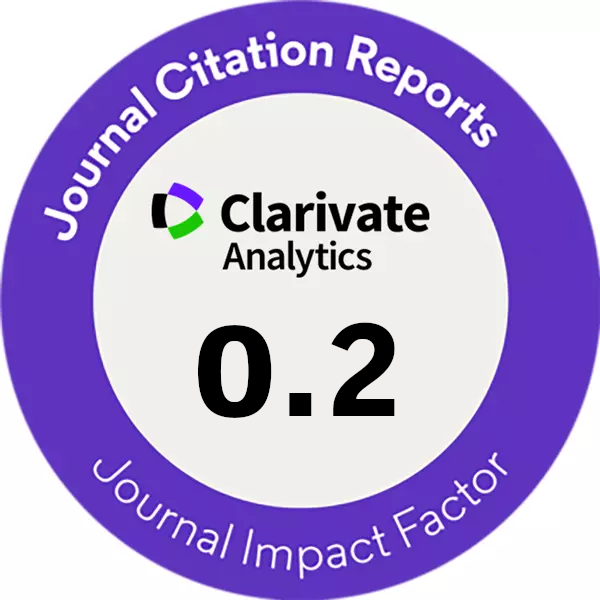EXPERIMENTAL RESEARCH INTO DYNAMIC PROPERTIES OF MASONRY BARREL VAULTS NON-REINFORCED AND REINFORCED WITH CARBON COMPOSITE STRIPS
DOI:
https://doi.org/10.14311/CEJ.2016.03.0019Keywords:
Rehabilitation, Strengthening, Masonry vaults, FRP fabrics, Dynamic load, Static loadAbstract
The study of dynamic behaviour of vaults of historic buildings reveals new knowledge which can be used for the local analysis and stabilisation and rehabilitation designs of damaged vaulted structures. The analysis of the results of dynamic loading brings objective background material for the identification and localisation of failures according to MAC or COMAC criteria [1, 2] and the assessment of serviceability and structural reliability of vaulted structures of historic buildings.
Downloads
References
M. Pirner, S. Urushadze.“ Structural damage assessment using dynamic response, Acta technica , CSAV 47, 2002, pp. 445-466.
M. Pirner, S. Urushadze: Dynamic response as a tool for damage identification, Applied Mechanics, International research Journal, Timoshenko Institute of Mechanics, Kiev, Ukraine, ISSN 0032-8243, App. Mech., 2004, Vol. 40, N 5, 1-144, Edtor: A.N. Guz, pp.3-29.
Bruggi, M., Milani, G., Taliercio, A., Design of the Optimal Fiber-Reinforcement for Masonry Structures via Topology Optimization, International Journal of Solids and Structures 2013, doi: http://dx.doi.org/10.1016/j.ijsolstr.2013.03.007
Luccioni B, Rougier VC, In-plane retrofitting of masonry panels with fibre reinforced composite materials, Construction and Building Materials 2011;25:1772–1788
Grande E, Imbimbo M, Sacco E, Finite element analysis of masonry panels strengthened with FRPs, Composites: Part B 2013;45:1296–1309
Výzkumný projekt Ministerstva kultury ČR NAKI DF12P01OVV037 "Progresivní neinvazivní metody stabilizace, konzervace a zpevňování historických konstrukcí a jejich částí kompozitními materiály na bázi vláken a nanovláken", vedoucí řešitel prof. Ing. Jiří Witzany, DrSc. dr.h.c.
Witzany, J., Zigler, R., Kroftová, K. Strengthening of compressed brick masonry walls with carbon composites (2016) Construction and Building Materials, 112, pp. 1066-1079. DOI: 10.1016/j.conbuildmat.2016.03.026
Witzany, J., Zigler, R. Stress state analysis and failure mechanisms of masonry columns reinforced with FRP under concentric compressive load (2016) Polymers, 8 (5), art. no. 176, . DOI: 10.3390/polym8050176
Witzany, J., Zigler, R. Failure mechanism of compressed reinforced and non-reinforced stone columns (2015) Materials and Structures/Materiaux et Constructions, 48 (5), pp. 1603-1613. DOI: 10.1617/s11527-014-0257-z
Witzany, J., Brožovskỳ, J., Čejka, T., Kroftová, K., Kubát, J., Makovička, D., Zigler, R. The application of carbon composites in the rehabilitation of historic baroque vaults (2015) Polymers, 7 (12), pp. 2670-2689. DOI: 10.3390/polym7121540
Witzany, J., Čejka, T., Zigler, R. Failure mechanism of compressed short brick masonry columns confined with FRP strips, (2014) Construction and Building Materials, 63, pp. 180-188. DOI: 10.1016/j.conbuildmat.2014.04.041
Witzany, J., Zigler, R. The analysis of the effect of strengthening compressed masonry columns with carbon fabrice (2014) Proceedings of the 7th International Conference on FRP Composites in Civil Engineering, CICE 2014.
Witzany, J. - Čejka, T. - Zigler, R.: Experimental research on strengthening of masonry vaults using FRP. In FRP Composites in Civil Engineering. Duebendorf, Švýcarsko: EMPA, 2008, p. 149. ISBN 978-3-905594-50-8.
Downloads
Published
Issue
Section
License
Copyright (c) 2023 Author

This work is licensed under a Creative Commons Attribution-NonCommercial 4.0 International License.
Authors who publish with this journal agree to the following terms:
- Authors retain copyright and grant the journal right of first publication with the work simultaneously licensed under a Creative Commons Attribution License that allows others to share the work with an acknowledgement of the work's authorship and initial publication in this journal.
- Authors are able to enter into separate, additional contractual arrangements for the non-exclusive distribution of the journal's published version of the work (e.g., post it to an institutional repository or publish it in a book), with an acknowledgement of its initial publication in this journal.
- Authors are permitted and encouraged to post their work online (e.g., in institutional repositories or on their website) prior to and during the submission process, as it can lead to productive exchanges, as well as earlier and greater citation of published work (See The Effect of Open Access).










